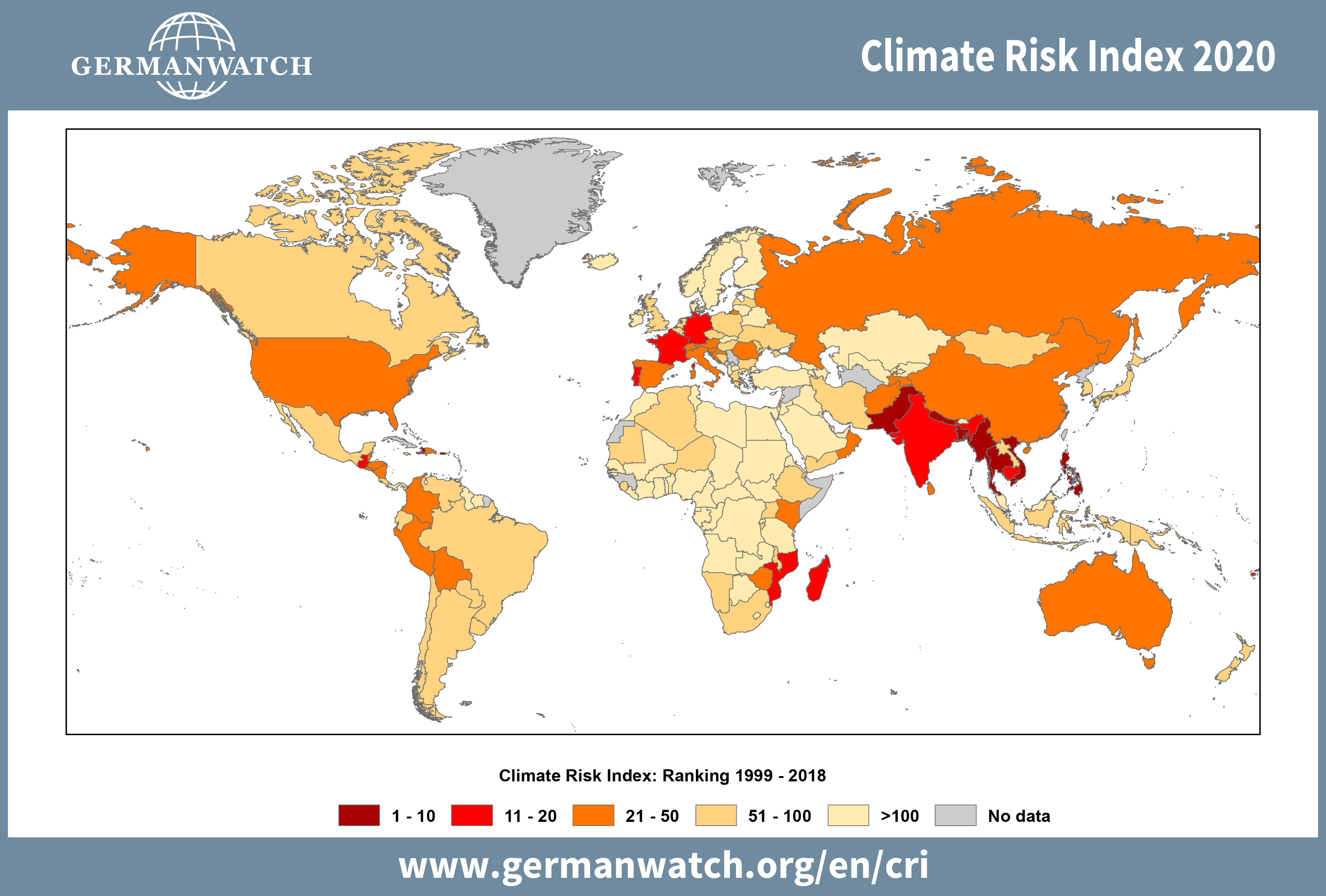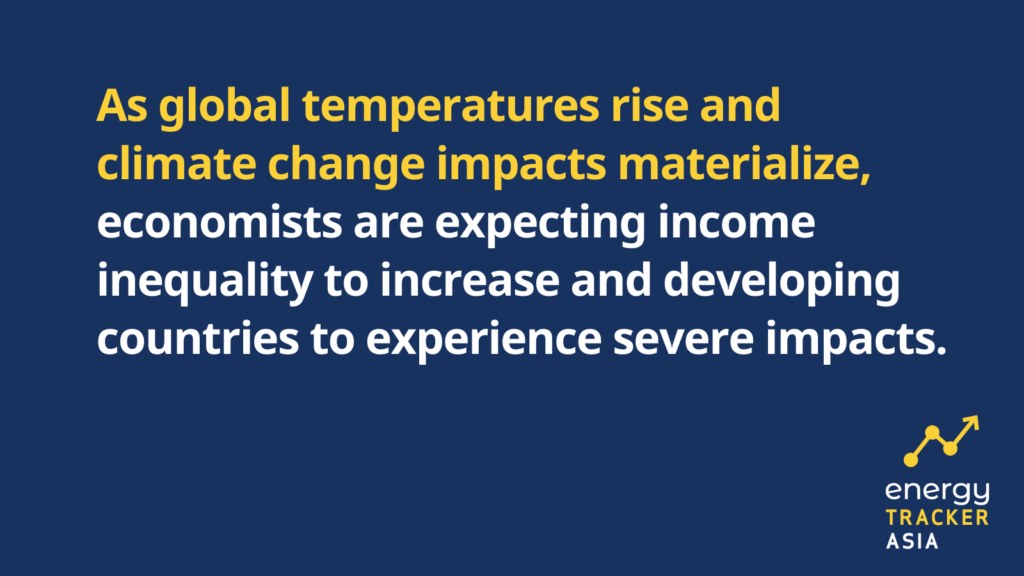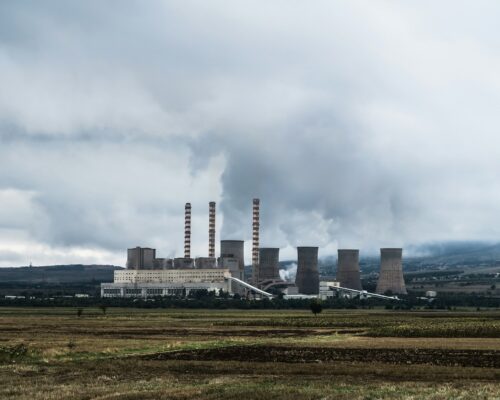Clean Energy Investment – Reducing Climate Change Impacts
Tidal flooding on South Tarawa, one of the atolls that makes up Kiribati. (Josh Haner/The New York Times)
24 June 2021 – by Eric Koons Comments (0)
If energy-related emissions continue unabated into the future, the negative impacts will grow exponentially. There will be social, environmental and corporate consequences. The magnitude of these impacts vary depending on region. Some areas will be more negatively impacted relative to others. Investments in clean energy infrastructure are a lucrative way to reduce this burden.
To address these issues, governments and organizations are developing long-term plans. These include joining the Paris Agreement, developing national climate strategies, participating in the UN Global Compact, and more. The actions taken by these governments and organizations are also creating clean energy investment opportunities for a variety of stakeholders.
Developing Countries Will be Disproportionately Affected

As global temperatures rise and climate change impacts materialize, economists are expecting income inequality to increase. Furthermore, developing countries will experience severe impacts. Over 700 million people live below the world bank’s poverty line ($1.90 per day). In 2018, four out of five people below the international poverty line lived in rural areas.
These people, including those living near the poverty line, are disproportionately vulnerable to climate change impacts. On a national scale, developing countries with economies that predominantly rely on climate-sensitive sectors (e.g.: agriculture and fisheries), will struggle. Moreover, developing countries are relatively limited in their human, institutional, and financial capacities to effectively respond to these changes
The Role of Clean Energy – Green Energy and the Future
Renewable energy has the potential to supply four-fifths of the world’s energy supply by 2050. And can significantly mitigate the risks posed by climate change. In 2020, global energy-related CO2 emissions were approximately 31.5 gigatons. And renewable energy accounted for 29% of global electricity generation (up from 27% in 2019).
As clean energy grows in its contribution towards the global power sector, avoided carbon emissions has grown by an average of 10% each year. Moreover, developing countries stand to benefit from renewable energy in other ways, such as energy cost savings and job creation.
In 2017, the global weighted average price of electricity from on-shore wind was $0.06/KWh. And the cost of fossil fuel-fired power generation for G20 countries was between $0.05-$0.17/KWh. The number of people employed (direct and indirect) in the renewable energy sector was 10.3 million people in 2017 (5.3% increase from 2016). Further clean energy investment will continue reducing the cost of renewables.
What Does This Mean for Asia?
Asia comprises multiple developing and emerging countries. This means transitioning to renewable energy faster will provide multiple economic, health, and energy security benefits. According to the World Economic Forum, every dollar invested into decarbonization will return between three and eight dollars by avoiding future climate change externalities.

A 2020 report by McKinsey highlighted how government spending on renewable and energy efficiency created three times more jobs than spending on fossil fuels. And in 2016, the World Health Organization estimated that 4.2 million premature deaths occurred from outdoor air pollution. Not surprisingly, fossil fuels significantly contribute towards this.
The International Renewable Energy Agency (IRENA) and their Data
According to IRENA, “The region accounts for more than half of global energy consumption, with 85% of that regional consumption coming from fossil fuels. Still, one tenth of the people across this vast area lack access to electricity, and many more rely on traditional biomass use (such as wood combustion) for cooking and heating.” This is simply unacceptable. According to this international energy agency, “Along with vast renewable energy potential, the region already possesses significant knowledge and expertise on renewables.”
This International Energy Agency and its Recommendations
According to this international energy agency, “Along with vast renewable energy potential, the region already possesses significant knowledge and expertise on renewables.” All the tools are available for a cleaner, brighter future for Asia.
Capitalizing of Clean Energy Investments
While governments and organizations continue to mitigate and reduce their CO2 emissions, this creates multiple benefits. It reduces climate change risks and creates low-carbon investment opportunities. Governments and organizations have increased their investments into clean energy, totalling $501.3 billion in 2020 (a 9% increase from 2019).

Investing into decarbonization and renewable energy reduces energy costs and externalities. Ultimately this improves job creation and lowers climate change related risks. If these low-carbon investment trends continue, governments and organizations will continue to create and increase the amount of low-carbon investment opportunities in the future.

by Eric Koons
Eric is a passionate environmental advocate that believes renewable energy is a key piece in meeting the world’s growing energy demands. He received an environmental science degree from the University of California and has worked to promote environmentally and socially sustainable practices since. Eric’s expertise extends across the environmental field, yet he maintains a strong focus on renewable energy. His work has been featured by leading environmental organizations, such as World Resources Institute and Hitachi ABB Power Grids.
Read more



